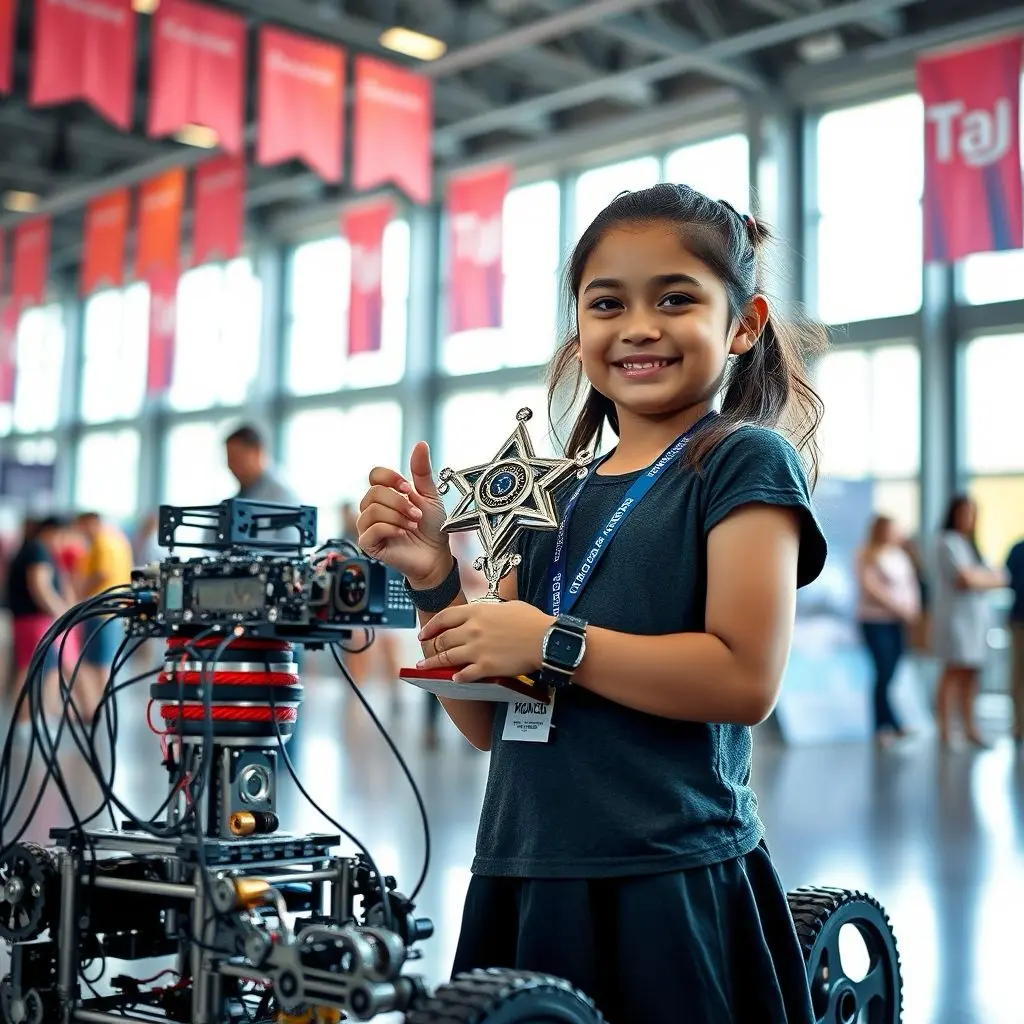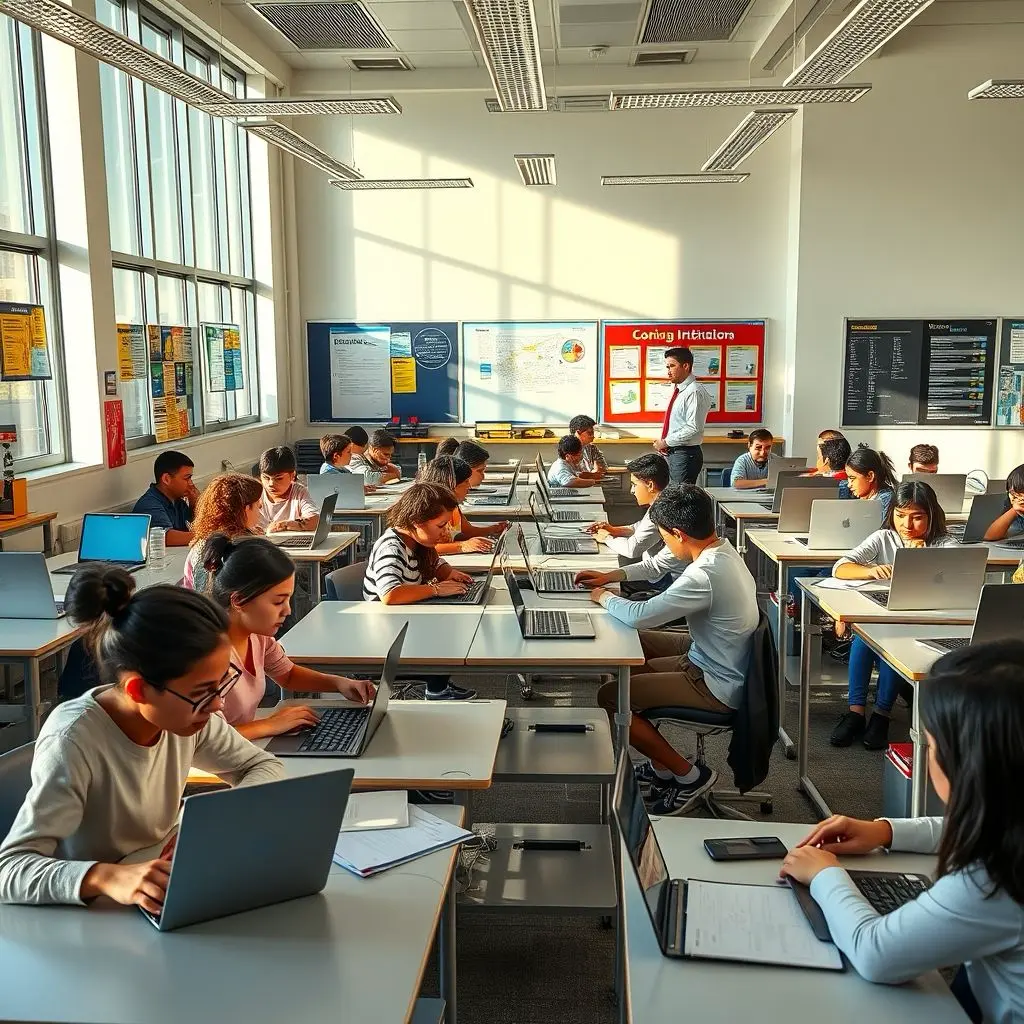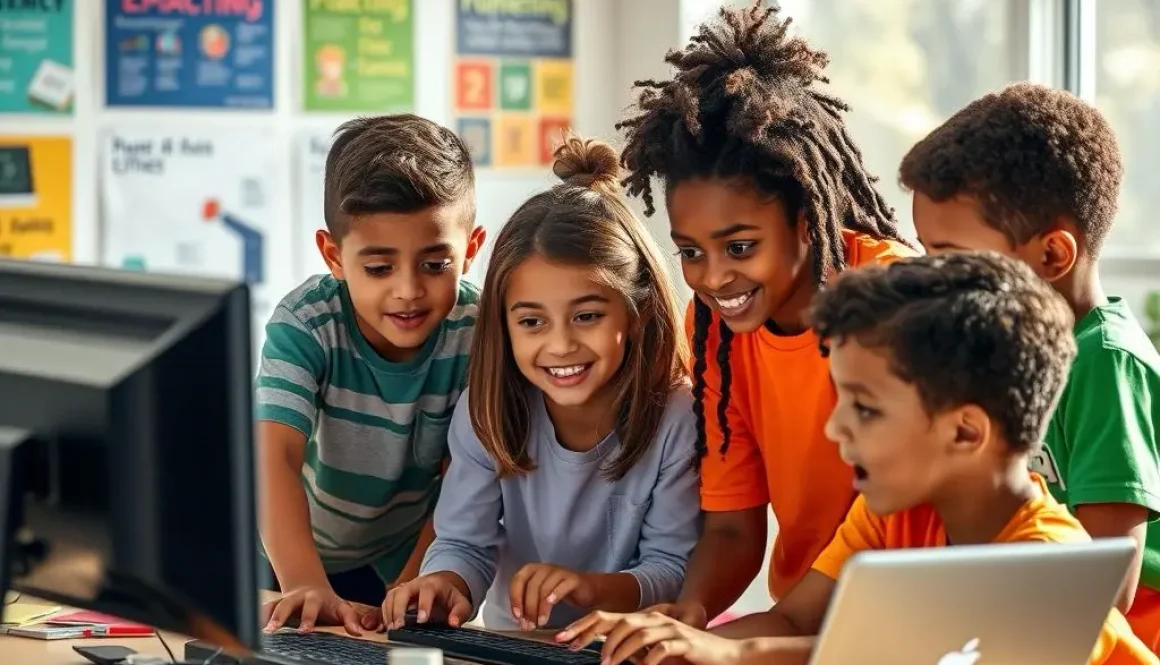Scratch and Code.org for Kids: Best Coding Platforms for Beginners
Scratch and Code.org is a fun, engaging, and educational way to introduce kids to the world of coding. In today’s digital world, learning how to code is no longer just a valuable skill for adults — it’s becoming an essential tool for children as well. These platforms are designed to help children develop logical thinking, problem-solving skills, and creativity through programming.
Scratch, developed by the Lifelong Kindergarten Group at the MIT Media Lab, allows children aged 8–16 to create stories, games, and animations by snapping together code blocks — just like puzzle pieces. It removes the intimidating elements of traditional programming syntax, enabling kids to focus more on logic and structure.
Code.org, on the other hand, is a non-profit organization aimed at expanding access to computer science in schools and increasing participation by young women and underrepresented minorities. With games, puzzles, and themed lessons (featuring characters from Star Wars, Minecraft, and Frozen), Code.org offers beginner-friendly courses for kids of all ages, including pre-readers.

Why Start Coding Early?
Introducing children to coding early not only builds a solid foundation in computer science but also promotes soft skills that are critical for the future workforce. Learning to code helps children:
- Think logically and systematically
- Break down complex problems into manageable parts
- Understand cause and effect
- Persist through trial and error
- Collaborate and communicate effectively
Coding isn’t just for future computer programmers. Whether your child dreams of being a game designer, an architect, a doctor, or a teacher — coding teaches them how to think, not just what to think.
Getting Started with Scratch
Scrat ch is a visual programming language that’s free and runs on any web browser. It uses drag-and-drop code blocks that fit together in a sequence to perform actions. For example, a child can drag blocks that make a character (called a sprite) move, talk, spin, or change colors.
Here’s how Scratch benefits kids:
- Visual learning: Ideal for visual learners, it turns abstract coding concepts into tangible actions.
- Creativity and storytelling: Kids can make interactive stories, games, and animations that bring their imaginations to life.
- Community sharing: Scratch has a large online community where kids can share their projects and remix others’ work.
- Project-based learning: Scratch encourages kids to work on meaningful projects, boosting confidence and ownership.
Popular Scratch activities for kids include:
- Creating a simple maze game
- Making a sprite dance to music
- Building interactive quizzes
- Animating a story
Using Code.org for Structured Learning
Code .org offers structured courses aligned with grade levels, starting from pre-K to high school. Its “Hour of Code” initiative, a one-hour introduction to computer science, has reached millions of students worldwide.
Code.org’s platform includes:
- Course A-F for elementary students (ages 4–11), teaching basic sequencing, loops, and conditionals
- CS Discoveries for middle schoolers, introducing more complex concepts like variables and functions
- CS Principles for high school students, with a deeper dive into programming, data, and the internet
Each course uses fun themes and real-world applications to keep kids engaged. There are lessons with Disney characters, sports simulations, music apps, and even drawing programs — all using simple coding logic.

Scratch vs. Code.org: Which One Is Better?
Both platforms have unique strengths, and choosing between them depends on your child’s learning style and goals:
| Feature | Scratch | Code.org |
|---|---|---|
| Target Age | 8–16 | 4+ (Courses for all levels) |
| Programming Style | Block-based, creative projects | Structured lessons and games |
| Platform Type | Creative studio | Curriculum-based learning |
| Best For | Self-guided exploration | Step-by-step instruction |
| Access | Free and browser-based | Free and browser-based |
Ideally, both tools can complement each other. Start with Code .org to build confidence in sequencing and logic, then move to Scratch for creativity and freedom in making your own games or stories.
How Parents and Teachers Can Support
You don’t need to be a programmer to support your child’s coding journey. Here are ways parents and educators can help:
- Encourage exploration: Let kids try different projects without fear of failure.
- Celebrate progress: Even simple tasks like making a character move can be major wins for beginners.
- Connect coding to real life: Link their coding projects to their interests — e.g., sports, art, music, or storytelling.
- Use unplugged activities: Teach coding logic offline with puzzles or board games that reinforce concepts like loops and conditions.
- Join coding communities: Participate in online forums or local coding clubs like CoderDojo or Girls Who Code.
Benefits Beyond the Screen
Coding doesn’t only teach technical skills. Kids who code develop:
- Confidence in problem-solving
- Persistence through debugging
- Collaboration in shared projects
- Digital literacy and responsibility
Many schools now recognize the importance of computational thinking and include coding in their curriculum. Even if your school doesn’t, platforms like Scra tch and Code .org make it easy to start at home.
Challenges and How to Overcome Them
Some children may find coding challenging at first. It’s common to encounter bugs, feel stuck, or lose motivation. Here’s how to overcome those hurdles:
- Set small goals: Don’t aim to build the next Fortnite. Start with moving a sprite across the screen.
- Pair programming: Let kids code in pairs — one writes, one reviews. It builds teamwork and keeps them engaged.
- Celebrate mistakes: Treat errors as learning opportunities, not failures.
- Showcase projects: Let kids present their creations to friends or family. It builds pride and confidence.
Next Steps: Going Beyond Scratch and Code.org
Once your child is comfortable, you can explore other platforms to continue their journey:
- Tynker: Another block-based platform with game-based lessons
- Blockly: Developed by Google, also uses visual code blocks
- Roblox Studio: Uses Lua for kids interested in game development
- Python with Turtle: For text-based programming once they’re ready
By mastering the basics with Scratch and Code .org, kids will be better prepared to transition into more advanced programming languages.
Scra tch and Code .org are powerful platforms that make learning to code fun, accessible, and meaningful for kids. By fostering logical thinking, creativity, and resilience, they prepare children for a future where digital literacy is just as important as reading and math. Whether at home or in school, coding can empower kids to become not just consumers of technology — but creators of it.

